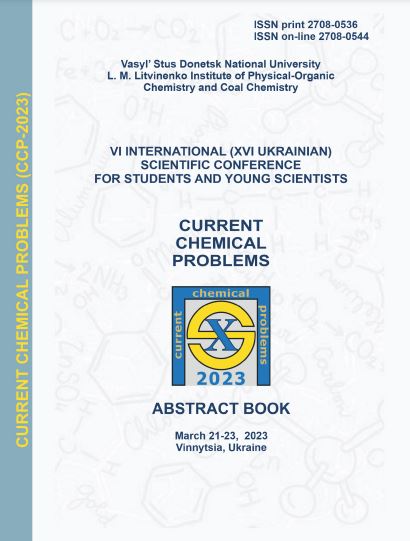Nanocomposites based on Co nanoparticles for catalytic hydrogenation of quinoline
Abstract
Development of new catalysts for hydrogenation of heterocyclic compounds is important task of physical and organic chemistry, because such systems are highly demanded for synthesis of active pharmaceutical ingredients, effective substances for plant protection etc. The composites based on 3d metal nanoparticles can have high catalytic activity in such processes, and thus are considered as an alternative for the catalysts based on Pt and Pd.
The aim of this work was to study the influence of the composition and structure of composites of graphene-like carbon and nanosized 3d metals, prepared by pyrolysis of metal complexes on the different carriers, on their catalytic activity in quinoline hydrogenation.

